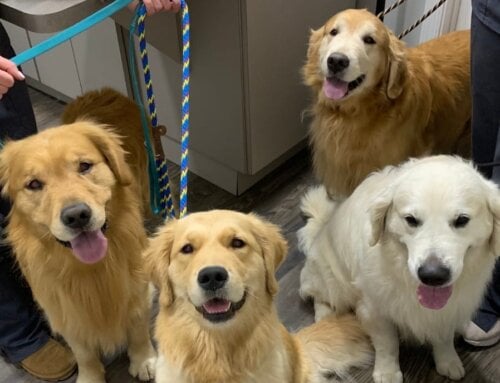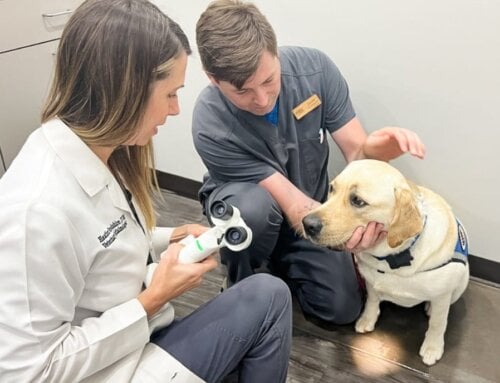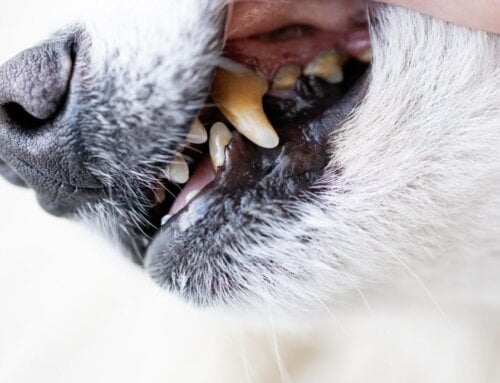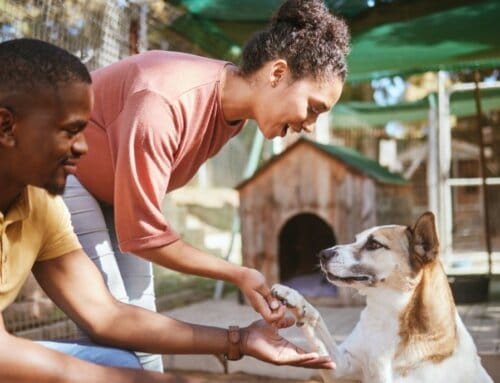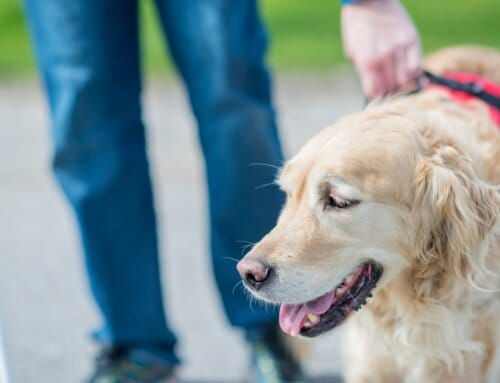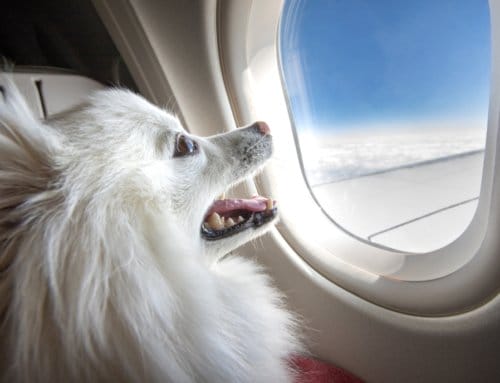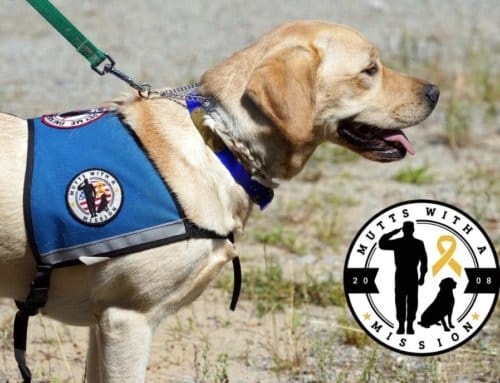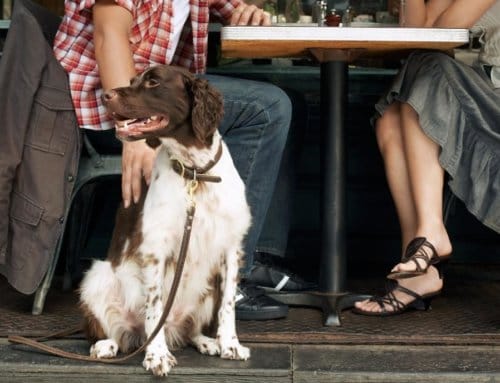Thank you to Doug Boynton and WHRO Public Media for inviting Dr. Brookshire to talk about National Service Animal Eye Examination Month free eye screenings on their “News Week” audio news magazine. The program is part of The WHRO Voice, featuring programming specifically designed for and primarily directed to blind, visually impaired or other people who are unable to read standard printed material. You can hear the entire broadcast, with Dr. Brookshire’s interview at the 16:00 timestamp at this link: https://mediaplayer.whro.org/program/whro-news-week/e/whro-news-week-friday-april-7th-2023.
Doug: We’re on the line with Dr Heather Brookshire. First of all, thank you for being here. Service dogs—I’m thinking specifically of leader dogs first— they are the eyes for some of our listeners. What kinds of problems do you see in these animals?
Dr Brookshire: Many of the problems that we pick up on in these screening exams are ones that are more minor; that maybe the handler or the owner hasn’t noticed but are things that could potentially become more problematic down the road—thinks like small cataracts or eyelid masses that might even be too small to have caused a lot of issues with the surface of the eye. We might also see early signs of a condition called Golden Retriever uveitis. A lot of the animals we see are Golden Retriever/Labrador crosses. So that is a specific cause of uveitis. If caught very early, we can definitely slow down the progression, but it can potentially be a devastating condition for these animals. Often in the screenings, we are picking up on things while they’re still minor and while our medical and surgical interventions can be more effective for them.
Doug: There are also working dogs that help sighted people too. I assume some of these same ailments might pertain to them as well.
Dr Brookshire: Yes, we really see the same ailments in working dogs. These might include mobility dogs for people in wheelchairs, dogs who assist people with hearing impairments, dogs who are companions for people with PTSD or even kids with autism. We really see the whole gamut of different types of service animals—even medical-based service dogs; dogs who might be trained to detect low blood sugar; or seizure-detection dogs. And more recently, dogs who have been trained to detect COVID-19 in people.
Doug: I see my eye doctor once a year. How often should dogs be screened?
Dr. Brookshire: If there are no problems that are being noticed with the naked eye, once a year is probably sufficient. That’s why we offer the ACVO National Service Animal eye exam event once a year. This is specifically geared toward service and working animals. We definitely recommend seeing them more frequently if there is a problem with their undergoing treatment, or if there are other signs of ocular disease. That might be anything from discharge that accumulates on the hair around the eye, to things like redness or a bloodshot appearance to the eye. Sometimes it can manifest as a cloudy appearance to the eye.
And then the last big problem that we would see would be vision issues. Sometimes vision can be difficult to assess in an animal. But typically, the first clinical signs that an owner or handler might notice at home would be their bumping into objects or they might be a little bit reluctant to go outside or if it’s dark outside. Or they may even have some behavioral changes. Sometimes those behavioral changes, such as anxiety or aggression, can be a manifestation of a change in vision.
Doug: We mentioned that Animal Vision Center of Virginia is offering free eye screenings during the month of May. How can people get on that list and make an appointment?
Dr. Brookshire: The first step in getting on that list would be to go to the American College of Veterinary Ophthalmologists (ACVO) website at www.acvoeyeexam.org. From that website, there is all sorts of information to direct people as to whether their animal is eligible. These service animals do need to be ones who have gone through or are currently undergoing a training program for one of the various types of service that we’ve been talking about. Once pet owners have registered their pets on the ACVO website, they can simply give our office a call at 757-749-4838, and we can get them on the schedule.
Doug: Where is Animal Vision Center of Virginia located?
Dr Brookshire: We have two offices; an office in the Great Bridge area of Chesapeake at 228 Mt. Pleasant Road. And we have just moved our Virginia Beach practice that was in the Great Neck area to the Pembroke area. We’re really excited about this move. We have actually moved into the Pembroke Manor House, which is a historic mansion built in 1764. We have a large green space where we’re building a low-vision dog park, and we’ve got a lot more room to see our pet patients. It’s a nice relaxing atmosphere.
May is National Service Animal Eye Examination Month, and Animal Vision Center of Virginia will perform free eye screenings of local service animal and working dogs for owners who schedule an appointment before April 30, 2023. The initiative is supported by the American College of Veterinary Ophthalmologists (ACVO), and the exams are performed by ACVO diplomates, like Dr. Brookshire, who volunteer their time, staffing and facilities for the screenings.



